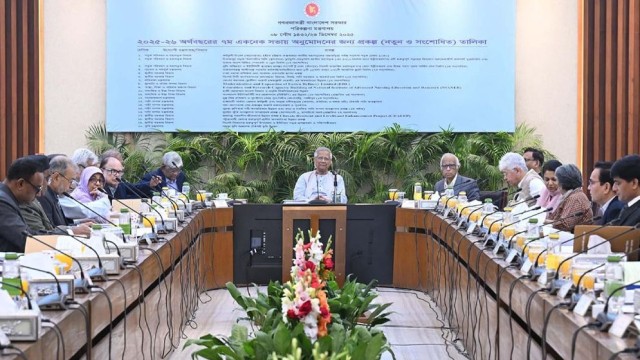Pope Francis is set to embark on his longest foreign trip, spanning 12 days from September 2 to September 13, visiting Indonesia, Papua New Guinea, East Timor, and Singapore. Climate change will be a central theme of his journey, as he addresses the pressing environmental challenges faced by these nations.
One of the most significant issues is rising sea levels, which threaten many coastal populations. In Indonesia, low-lying areas are at risk of subsidence and flooding, prompting the government to relocate its capital from Jakarta to a safer location on Borneo. The National Research and Innovation Agency of Indonesia has warned that 115 islands could be completely submerged by the end of the century. Similarly, Singapore anticipates that its coastal waters could rise by over one meter, putting additional pressure on its flood defenses.
Pope Francis has also highlighted the dangers of more frequent and intense rainfall, which has already led to devastating consequences in the region. For instance, Papua New Guinea experienced a catastrophic landslide in May, burying over 2,000 people due to heavy rains. East Timor is grappling with the aftermath of its worst flooding in fifty years, while Indonesia has faced multiple fatalities from intense rain events. The potential for extreme rainfall to double during Singapore's monsoon season by the end of the century poses further risks to food and water security.
The Pope described the Earth as having "a fever," emphasizing the impact of rising temperatures on health and economic productivity. All countries on his itinerary are vulnerable to extreme heat, with Singapore projecting that temperatures above 35 degrees Celsius (95 Fahrenheit) could become the norm by the century's end. East Timor's economy is also threatened by rising ocean temperatures, which are damaging coral reefs and affecting the fishing industry.Through this trip, Pope Francis aims to raise awareness about these critical climate issues and advocate for global action to address the challenges faced by vulnerable populations in Southeast Asia.































Comment: